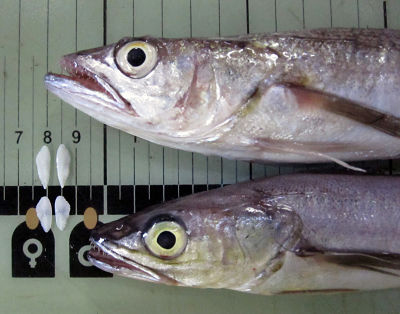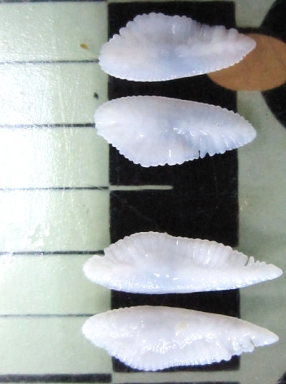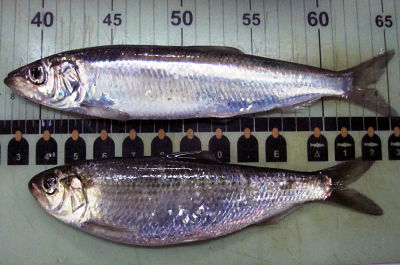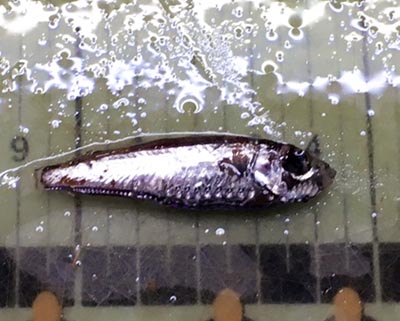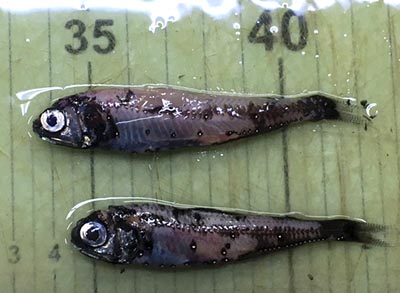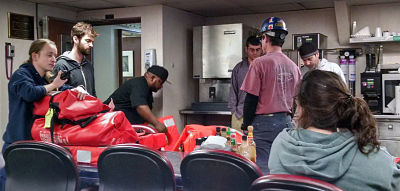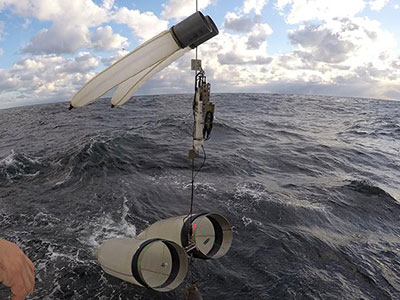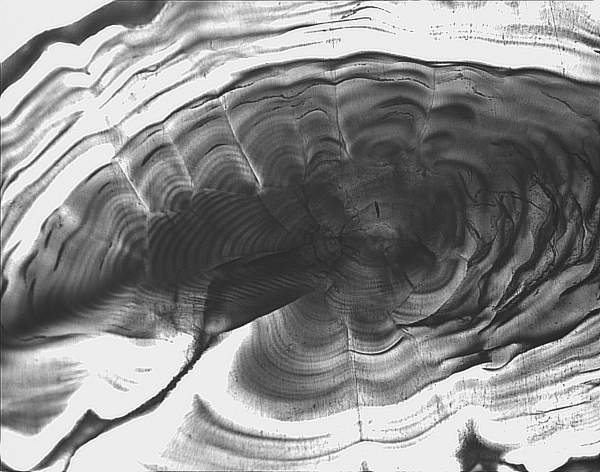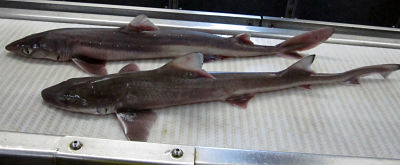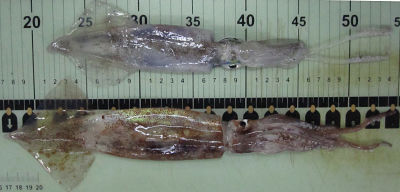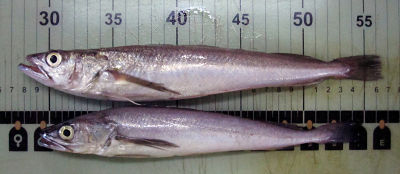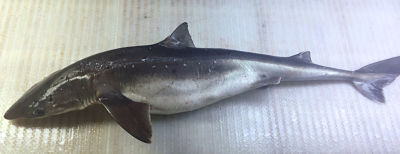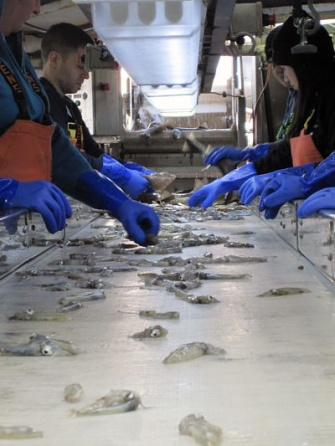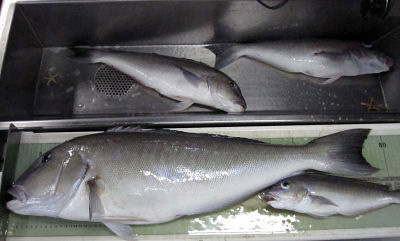Hi! I’m Liese Siemann, and I am primarily a computational biologist. I spend my time running statistical and fluid dynamics models and writing programs to analyze images. So when I was invited to participate in this research cruise to develop a new camera system to survey jellyfish and other gelatinous animals, I jumped at the chance. Getting to work with sea turtles again and spend time watching whales all over the North Atlantic made the opportunity even more enticing.
The scientists at Coonamessett Farm Foundation have been attaching cameras and lights to scallop dredges for years, so I had a wide array of cameras, lights, and attachment hardware to choose from when designing the camera system.
As a first step, I spent many hours kayaking in ponds and coastal waters near home, testing camera settings with GoPro cameras attached to long poles. Preliminary testing of the whole set-up on a mock PVC frame was conducted at night in coastal waters off of docks in Falmouth, Massachusetts. Even if the jellyfish survey tows were conducted only during the day, it would still be dark at many of the depths we were likely to survey with the video system.
I did as much prep work as possible because the first time the camera system would be attached to a net frame and towed behind a big vessel is now, during this cruise. I had no idea if the system would work as planned. Luckily, the project has been successful beyond my expectations.

A pair of salp chains. Salps are gelatinous planktonic tunicates that often link together to form long chains. When collected in survey nets, these chains break apart, but the camera system records the salps as they enter the net with their chains intact. Photo by Liese Siemann

Ctenophores, or comb jellies, have rows of cilia along their transparent bodies for locomotion. These combs are particularly visible in the ctenophore shadow. Photo by Liese Siemann
We have collected imagery of small gelatinous animals that are normally damaged during typical survey trawls. By analyzing the videos with behavioral observation software and coupling the results with tow data collected by NOAA scientists, we will be able to estimate the abundance of these smaller, delicate organisms in a new way.
Liese Siemann, Coonamessett Farm Foundation
Aboard the NOAA Ship Henry Bigelow


